Back in 2017, scientists discovered an ancient continent, submerged beneath the Pacific Ocean.
They called this continent Zealandia and part of it is still above water and is today known as New Zealand. Zealandia is twice the size of Greenland.
New Continent Found
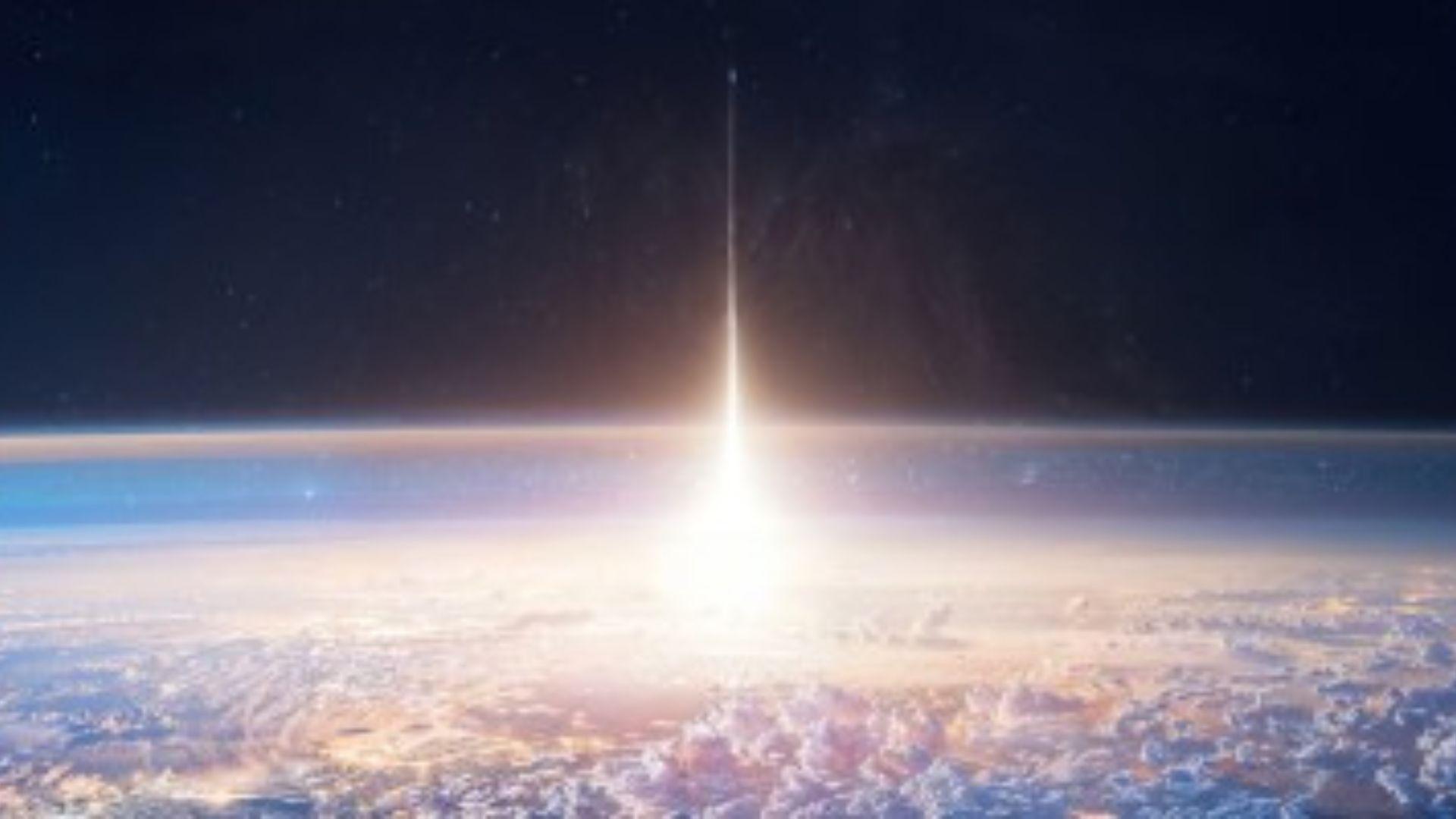
Now, a new microcontinent has been found.
It was announced in the Gondwana Research journal which was published online on the 15th May.
How Continents are Found
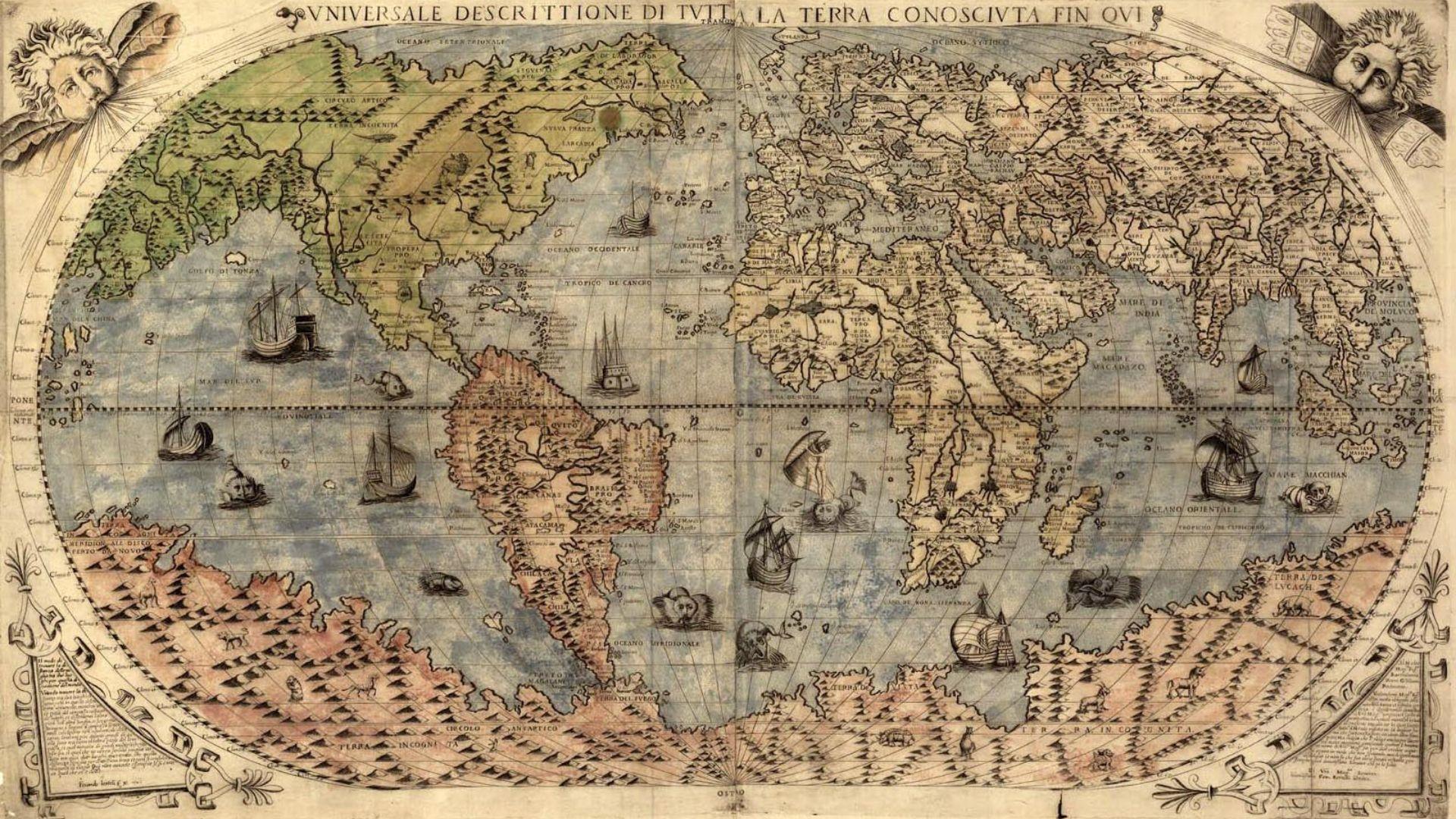
A continent is a continuous mass of land.
Scientists find them by using a combination of methods that include looking at centuries of old maps, analysing rock samples, using seismographs and imaging software.
Brand New Find
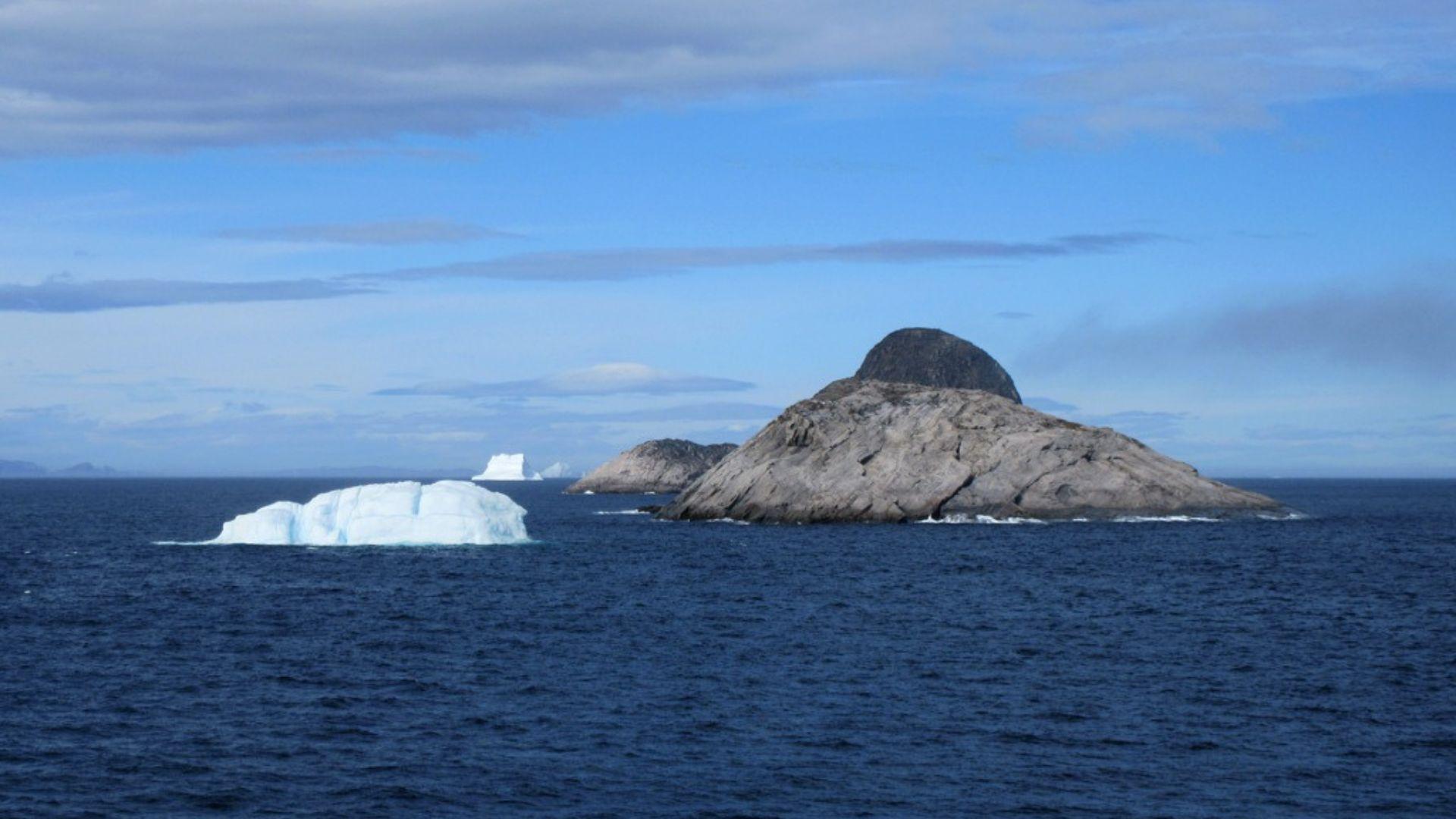
The one that has just been found is tiny at only 12 to 15 miles long.
For that reason, it has been called the Davis Strait proto-microcontinent. It is important because it can tell us more about Earth’s geological past and how continents form.
Greenland
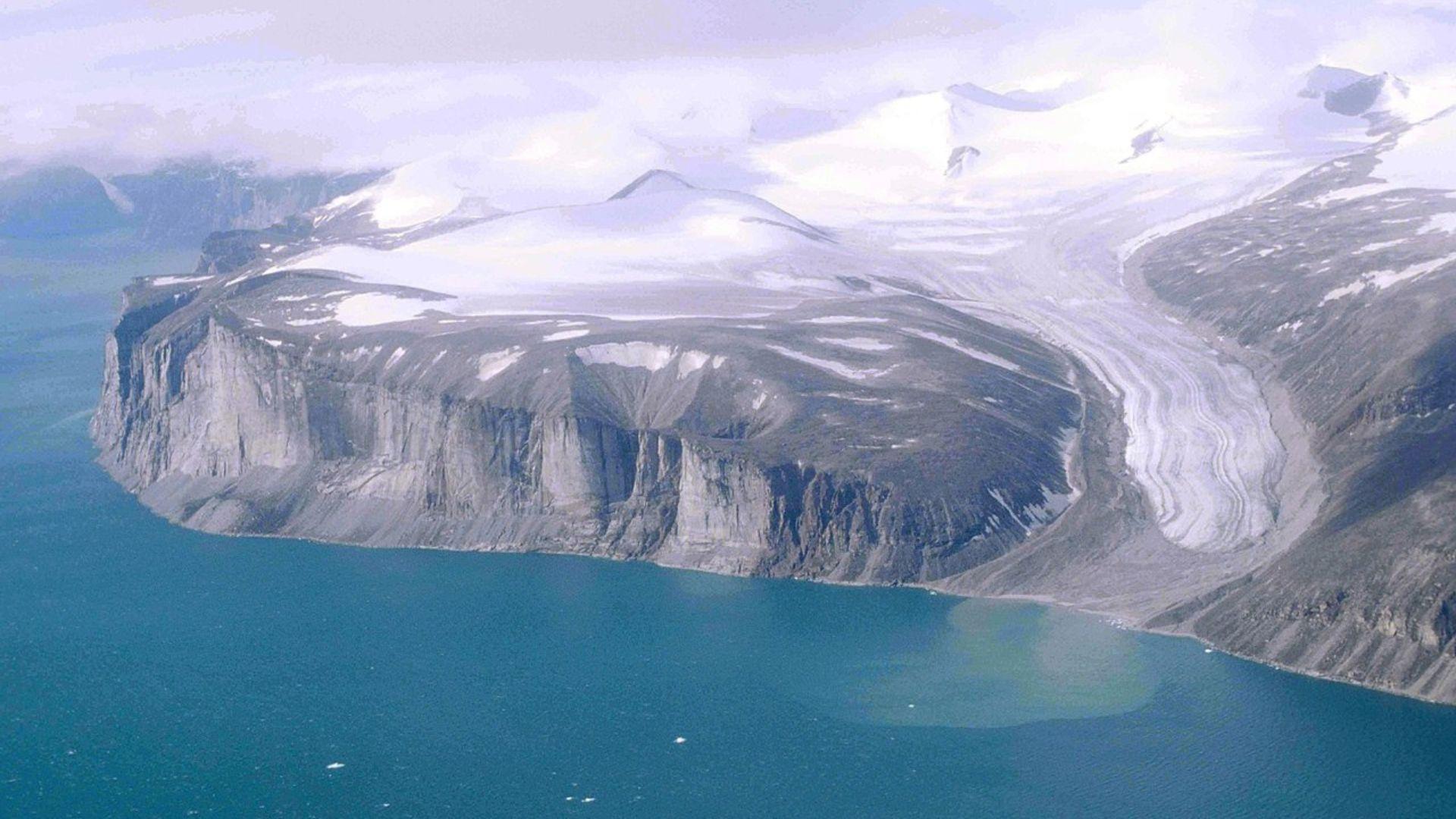
The Davis Strait proto-microcontinent is located off the coast of Greenland.
It is underneath the Atlantic Ocean, in between Greenland and Canada’s Baffin Island.
Ancient Landmass
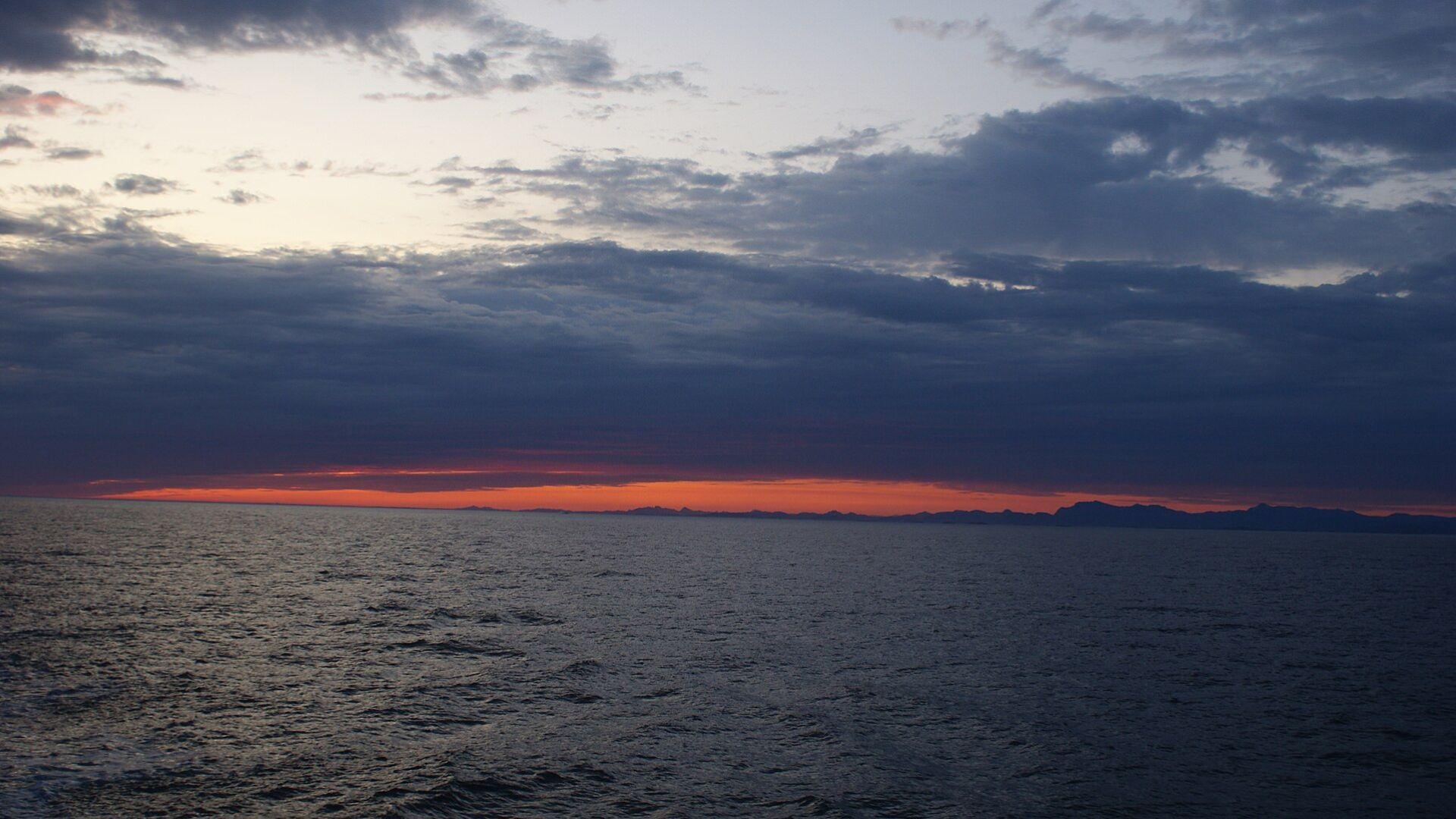
The newly found microcontinent is around 61 million years old.
It began to form when the direction of the Earth’s crust plates changed direction from northwest-southwest to east-west. This created the Labrador Sea and Baffin Bay and continued movement has developed the microcontinent over millions of years.
Key for Study
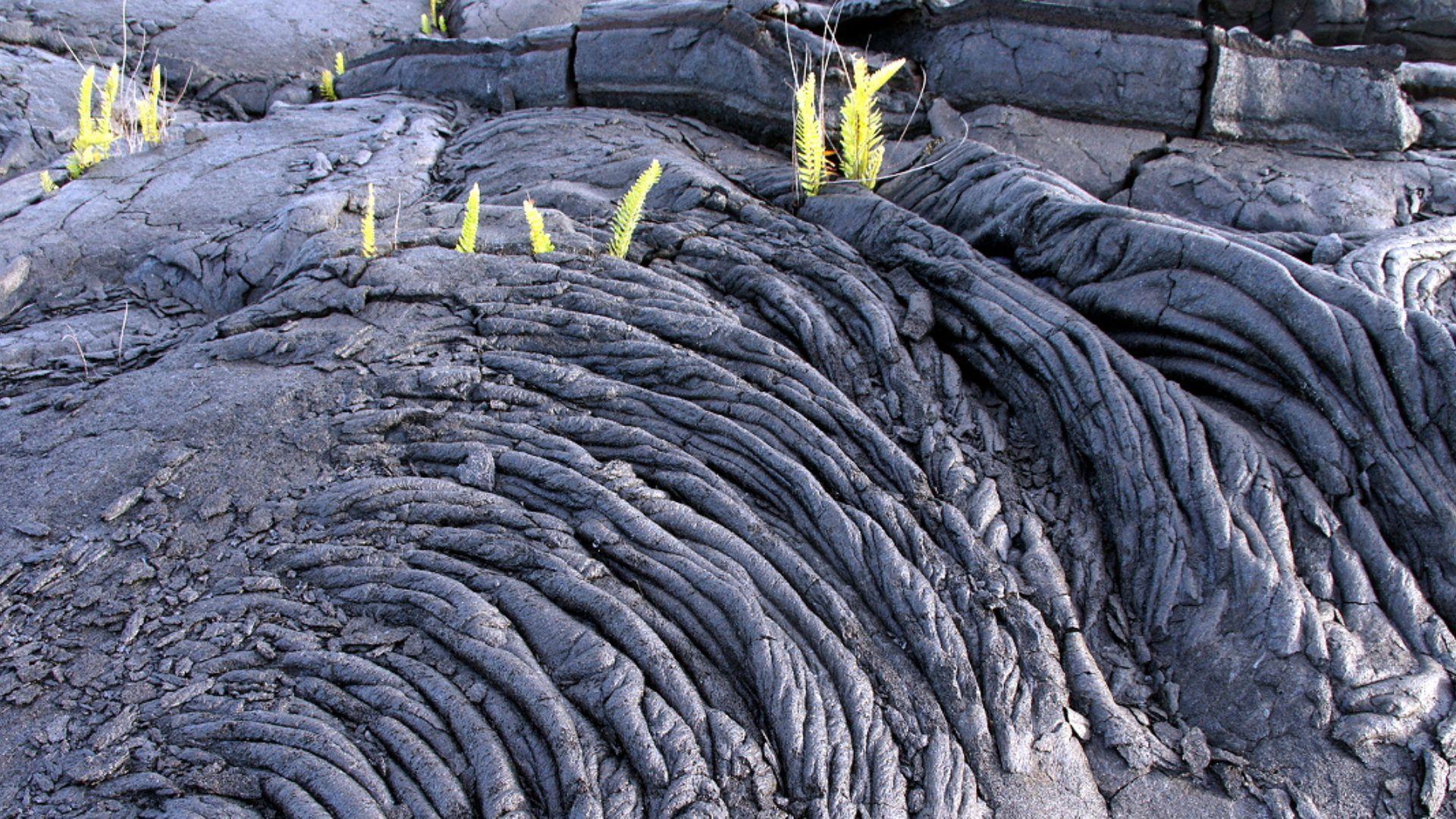
The newly discovered continent will form a vital part of ongoing geological study.
That’s because it’s in an area that’s relatively untouched by humans. The continued movement and rock formation in that area could help scientists to predict how continents are going form and re-form in the future.
Other Microcontinents
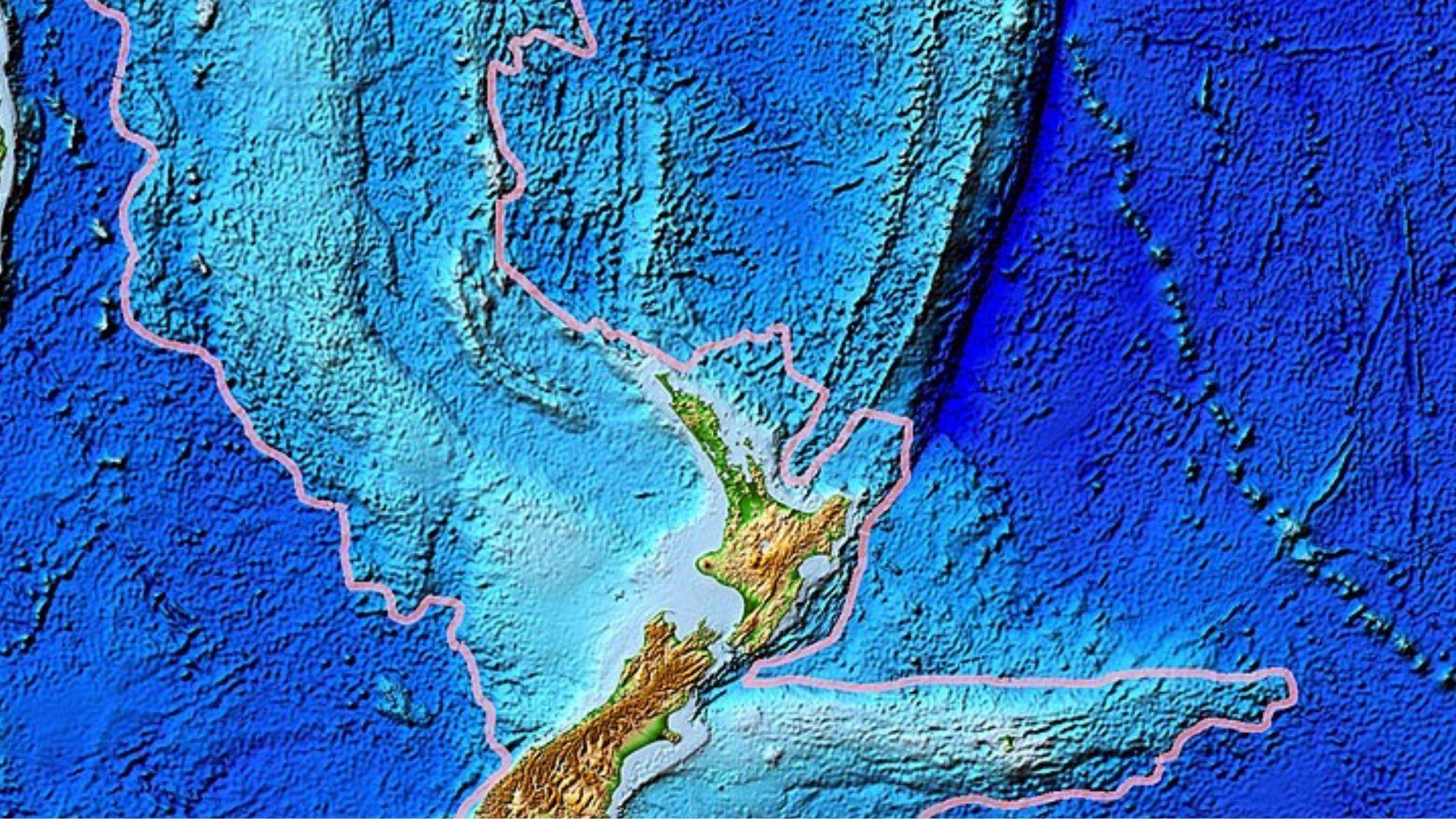
The discovery of the Davis Strait proto-microcontinent will also make other micro contintents easier to understand.
Other microcontinents across the globe include the Jan Mayen microcontinent northeast of Iceland, East Tasman Rise southeast of Tasmania, and the Gulden Draak Knoll, offshore western Australia.
Earth a Living Organism
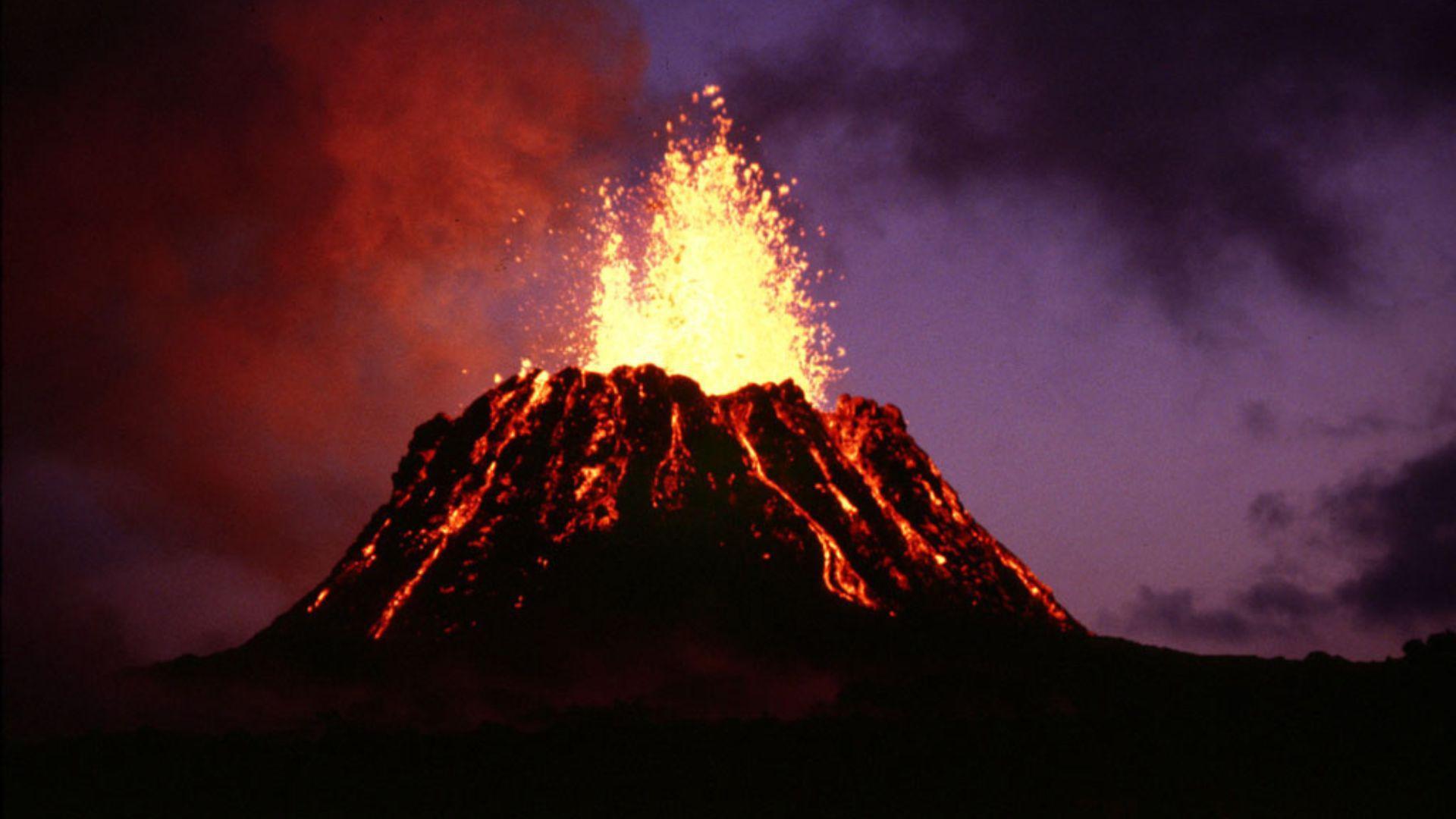
The Earth is a living organism which is constantly moving and changing.
Although we may not visibly see a lot of the changes because of our short lifespans, the earth is continuing to move and develop under our feet from the movement and shifting of its crustal plates and from the earthquakes and volcanic eruptions produced by them.
Past and Future

Both are past and our future is bound up in the rocks beneath our feet.
The discovery of the Davis Strait proto-microcontinent can tell us about both – where our earth comes from and how it developed and where it is going in the distant future.

